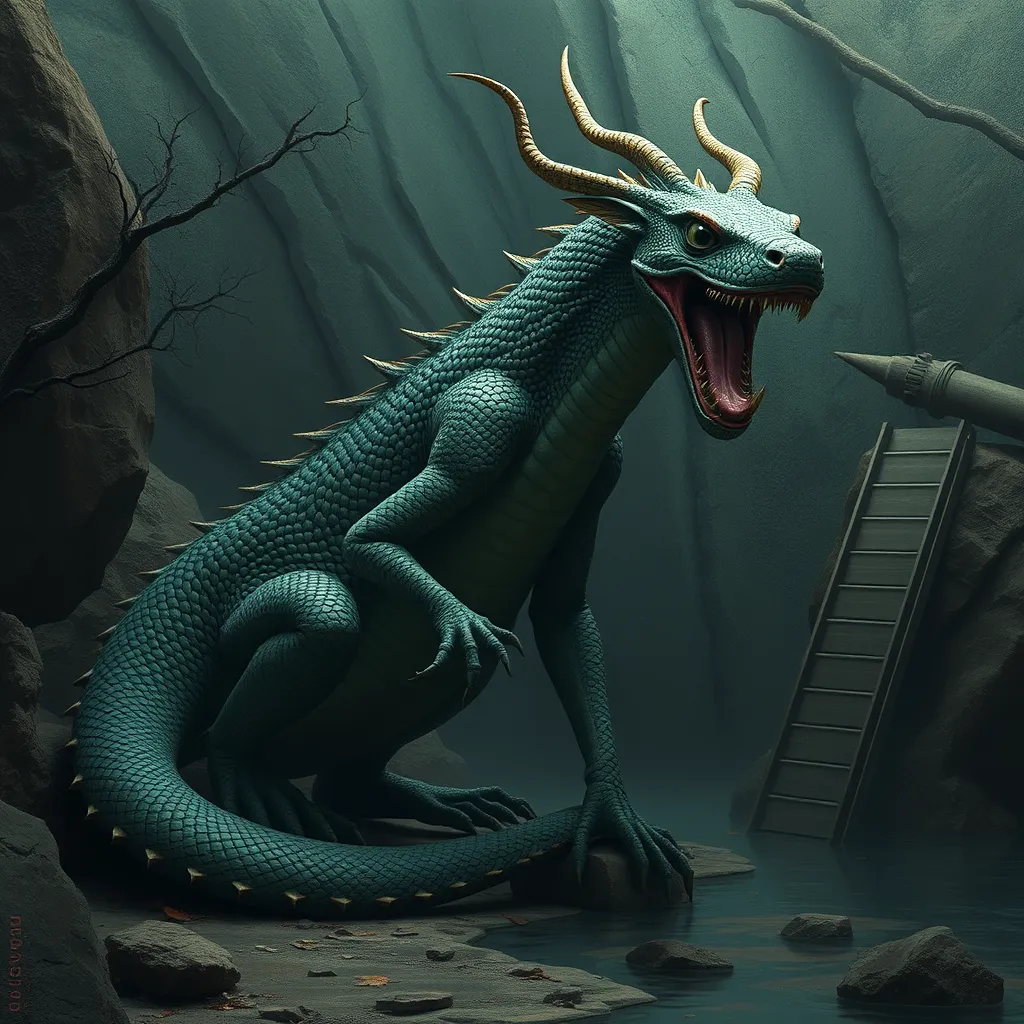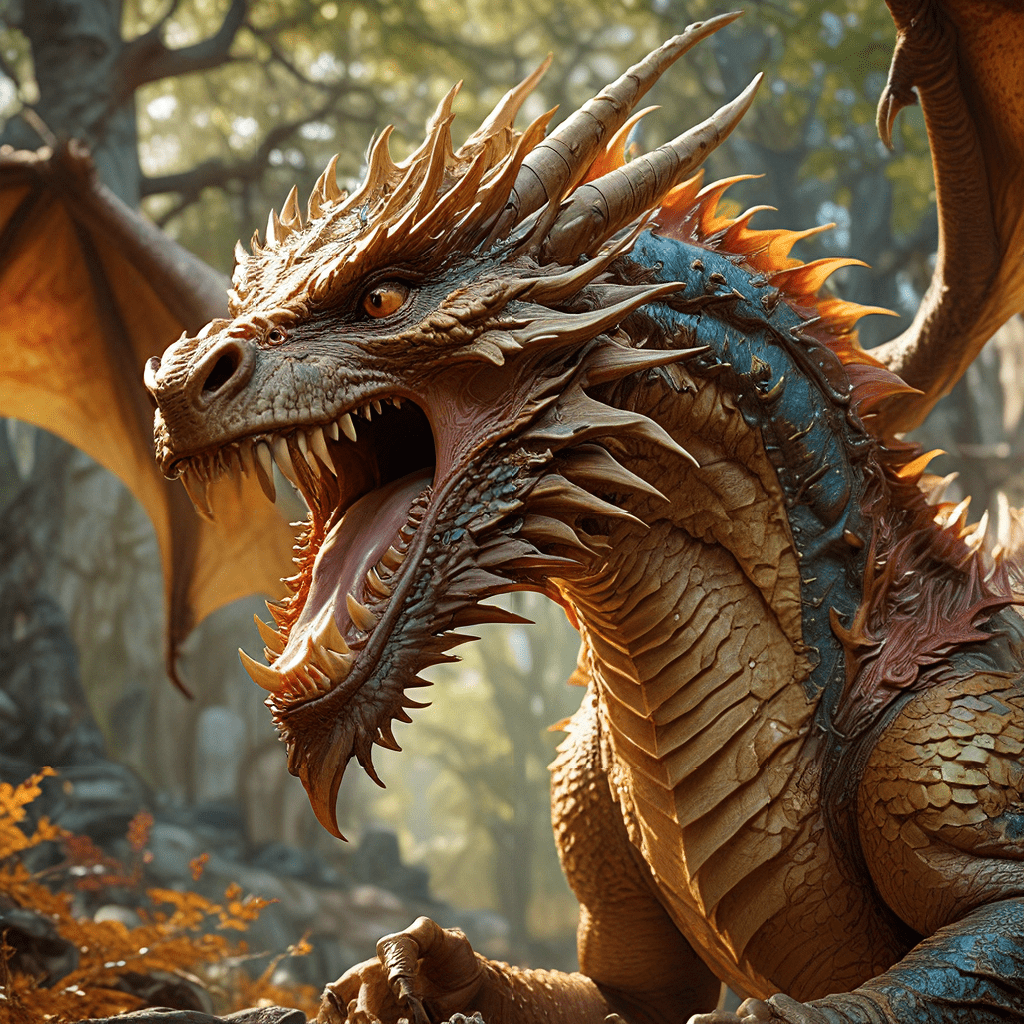The Dragon’s Breath: Exploring the Ancient Serpents of Southeast Asian Myth
I. Introduction
Southeast Asian mythology is a rich tapestry woven from the diverse cultures and histories of the region. Among its most fascinating elements are the dragons and serpents that inhabit its stories, representing a blend of cultural beliefs, natural phenomena, and historical significance. These mythical creatures play pivotal roles in the narratives of creation, power, and protection, capturing the imagination of many generations.
This article aims to explore the significance of dragons and serpents in Southeast Asian mythology, delving into their origins, types, notable legends, cultural representations, and modern interpretations. By understanding these ancient serpents, we can appreciate the deeper meanings they hold in contemporary society.
II. The Origins of Dragon Myths in Southeast Asia
The origins of dragon myths in Southeast Asia can be traced back to the region’s early civilizations, where ancient beliefs were often influenced by the natural environment and the peoples’ interactions with it. Rivers, mountains, and the sea were seen as domains of powerful creatures, leading to the reverence of dragons as guardians and deities.
Influences from neighboring cultures, particularly from India and China, also played a significant role in shaping the imagery and symbolism of dragons in Southeast Asia. The introduction of Hinduism and Buddhism brought tales of divine serpents and water deities, intertwining them with local beliefs and practices.
Over time, this cross-pollination of ideas led to the evolution of dragon imagery, where local adaptations created unique representations that reflected the cultural identity of each community.
III. Types of Dragons in Southeast Asian Mythology
Southeast Asian mythology boasts a variety of dragon types, each with distinct characteristics and associations:
- Water Dragons: Often associated with rivers, rain, and fertility, water dragons play a crucial role in agricultural societies, symbolizing the life-giving properties of water.
- Land Dragons: These dragons are linked to agriculture and fertility, representing the earth’s bounty and the prosperity of harvests, often revered by farmers.
- Celestial Dragons: Connected to the cosmos, celestial dragons symbolize the heavens and are often seen as protectors of the universe, embodying the balance between the earthly and the divine.
IV. Notable Dragon Legends and Stories
Several notable legends and stories feature dragons prominently in Southeast Asian culture:
- The Legend of Naga: In Hindu and Buddhist traditions, the Naga is a serpent deity often depicted as a protector of water and a symbol of fertility. Naga legends are prevalent in both Indian texts and Southeast Asian folklore, showcasing the creature’s significance in various cultural narratives.
- The Tale of Phaya Naga: In Lao folklore, Phaya Naga is a revered water serpent believed to inhabit the Mekong River. This dragon is credited with creating the river and is often associated with local beliefs about rain and agricultural abundance.
- Dragons in the Ramayana and Mahabharata: These epic tales feature dragons and serpents as significant characters, intertwining their fates with the heroes and gods, further solidifying their presence in the cultural consciousness of Southeast Asia.
V. Cultural Significance of Dragons in Art and Literature
Dragons have been represented in various art forms across Southeast Asia, showcasing their importance in cultural expression:
- Traditional Art Forms: Dragons are often depicted in paintings, sculptures, and textiles, symbolizing power, protection, and cultural identity. These artworks reflect the reverence for dragons and their roles in local myths.
- Literature and Oral Storytelling: Dragons feature prominently in folklore and oral traditions, where stories are passed down through generations, preserving the cultural heritage and values associated with these mythical creatures.
- Contemporary Culture: In modern Southeast Asia, dragons continue to inspire artists and writers, appearing in books, films, and festivals, illustrating their enduring legacy in contemporary society.
VI. Dragons as Symbols of Power and Protection
Dragons hold significant symbolic value across Southeast Asia, often associated with power and protection:
- Royal Iconography: Many Southeast Asian monarchies incorporate dragons into their royal symbolism, representing divine authority and protection over the realm.
- Protective Attributes: In local beliefs, dragons are seen as protectors of communities, guarding against malevolent forces and ensuring prosperity.
- National Symbols: In countries like Thailand and Vietnam, dragons have become national symbols, embodying the cultural identity and heritage of the nation.
VII. Modern Interpretations and Adaptations of Dragon Myths
As globalization continues to shape cultural narratives, the interpretation of dragon myths has evolved:
- Globalization’s Influence: The spread of ideas and cultures has led to the adaptation of traditional dragon tales into new contexts, often blending local myths with global themes.
- Popular Culture: Dragons have found new life in films, literature, and video games, often portrayed in fantastical ways that resonate with modern audiences while still rooted in their ancient origins.
- Revitalization of Myths: Contemporary society has seen a resurgence of interest in ancient myths, prompting new interpretations and retellings that keep these stories alive and relevant.
VIII. Conclusion
Dragons and serpents hold a significant place in Southeast Asian mythology, embodying cultural values, historical narratives, and natural phenomena. Their enduring legacy can be seen in art, literature, and contemporary culture, illustrating the profound impact they have had on the region’s identity.
As we explore these ancient serpents, we gain insight into the beliefs and traditions that continue to shape Southeast Asian societies today. The relevance of dragon myths persists, reminding us of the intricate relationship between humanity and the mystical forces of the world.



